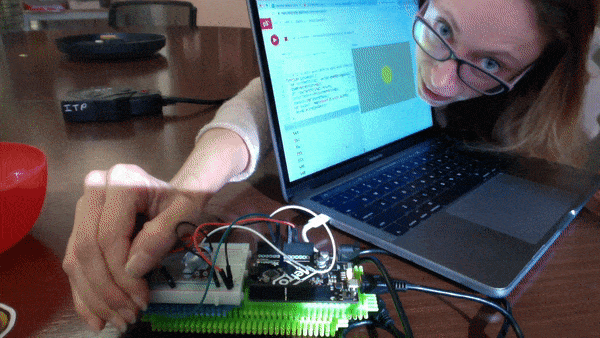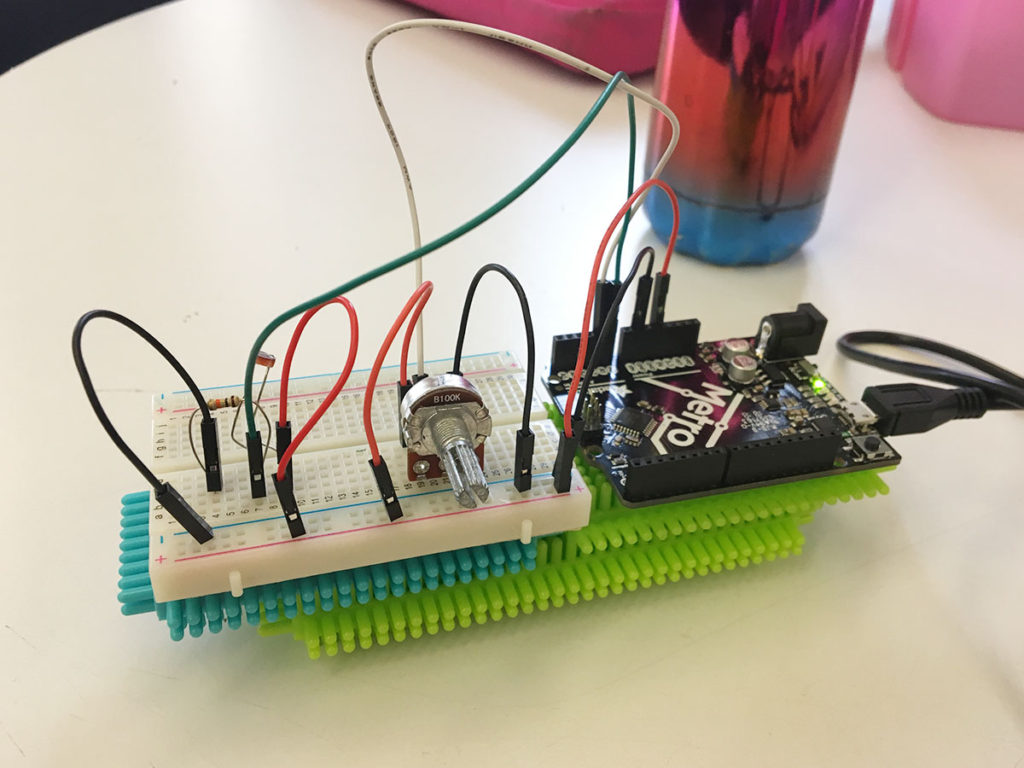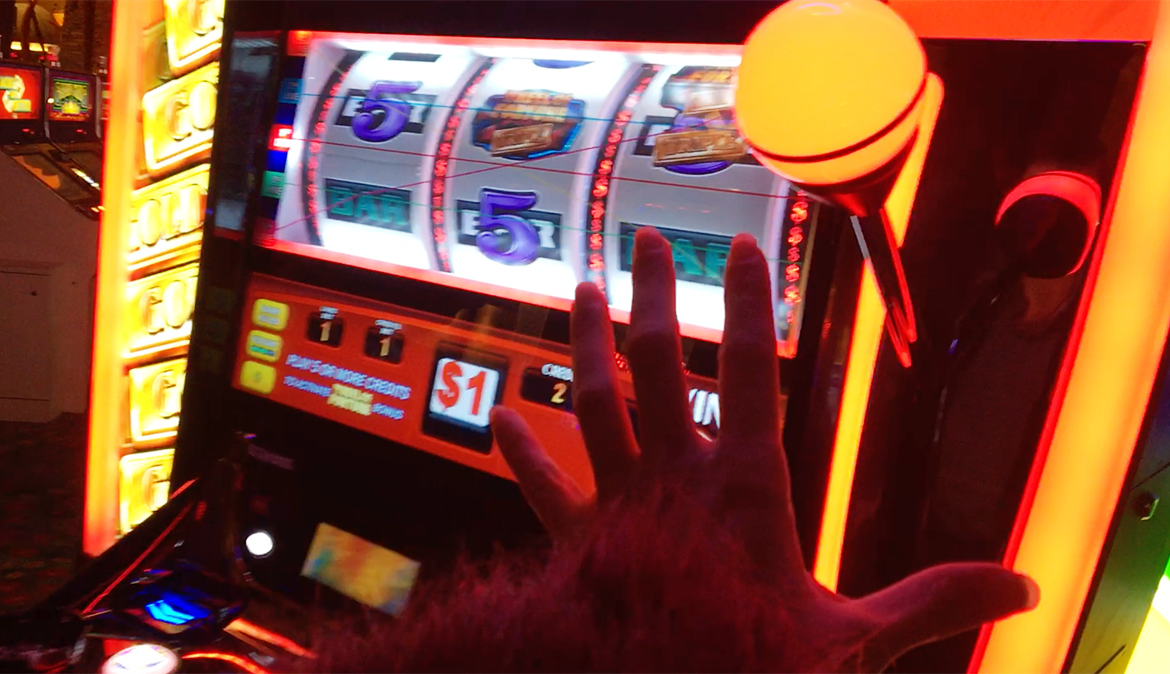Pcomp Lab 5 and ICM exercise at serial communication. Promoting health by making each night a good night.
Intro
The following lab is brought to you by two subjects that were on my mind in the past week.
The first, is Building health into the OS. A delightfully radical idea brought to discussion at ITP by Lori Melichar & Steve Downs of the Robert Wood Johnson Foundation. They promote entrepreneurship that enhances the user’s health by changing their life-habits through their smart devices. That’s a noble goal I could see devoting my life to. At least the official work-hours of my life.
The second subject on top of my mind was… the casino! In a pursuit of a quality concert, I found myself in the casino, where the concert was held. While I have no interest in gambling, I enjoyed observing the casino, for it is a Mecca of serial communication. A fertile experimentation ground of exhilarating physical computing. The simplest, sturdiest interfaces, brightest screens, shiniest LED’s, and most compelling sensory rewards.
Examples:
Good slot machine / bad slot machine from Alizarin Zroob on Vimeo.
A good slot machine design: besides giving me (very little) money, it also gave me plenty of the most uplifting “ding ding ding” sounds! I didn’t care I won less money than I’ve spent – I felt inclined to pull that lever again.
A bad slot machine design: besides not giving me any money at all, the biggest, most shiniest lever did not work the way I anticipated, resulting a frustrating experience.
While there’s so much to loathe at the casino, there’s also so much to learn and borrow from it. Just think about the huge benefits that casino-isnpired interface design could reap if applied to health apps. The casino mechanism at large is obnoxiously successful in encouraging it’s users to do something as pointless as giving away their money repeatedly. What if the user could receive the same type of dopamine-enhancing gratification every time they’re doing something good for their health’s sake?
Automatic Night Mode
After this observation, I’m attempting to create a basic prototype of a night-mode code, matching the scene on our computer screen to the existing light conditions. Besides the nice, simple illustration is of a sunset/sunrise, the automatically changing screen colors might actually enhance health by promoting better sleep. How?
The physical interface consists of a light sensor, sending serial signals to our computer through an arduino connected to a USB port.

The code reduces the screen’s brightness to match the environment, And mostly it eliminates the blue color – for blue light is known to suppress human sleeping patterns.
The output on your screen should look like this:

An interactive version available here > but you can only use it properly if you have this home-made circuit device handy.

Or can build it yourself using a photosensor and the following arduino code:
int potpin = A0;int potpin2 = A1;void setup() {Serial.begin(9600);}void loop() {// put your main code here, to run repeatedly:int potValue = analogRead(potpin);int potValue2 = analogRead(potpin2);Serial.print(potValue);Serial.print(“,”);Serial.println(potValue2);}
Thank you Hayeon Hwang for helping me bring this device to life.

